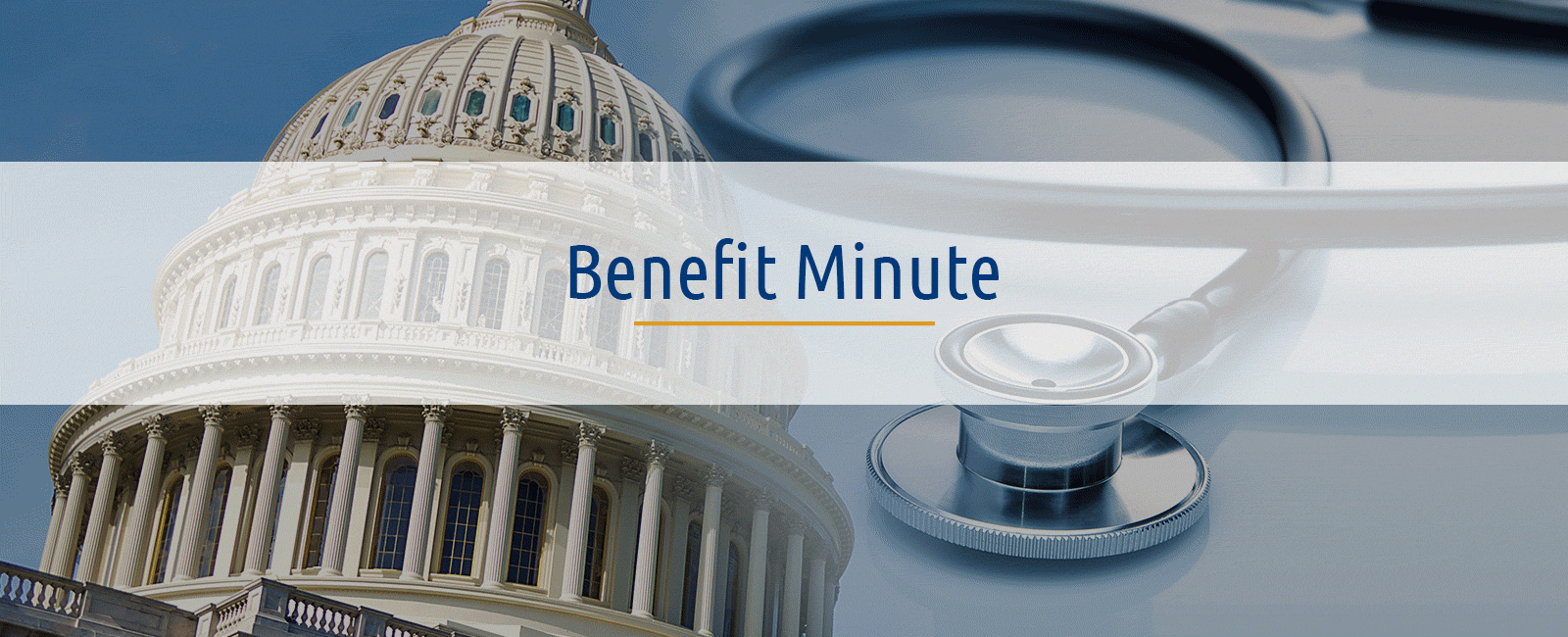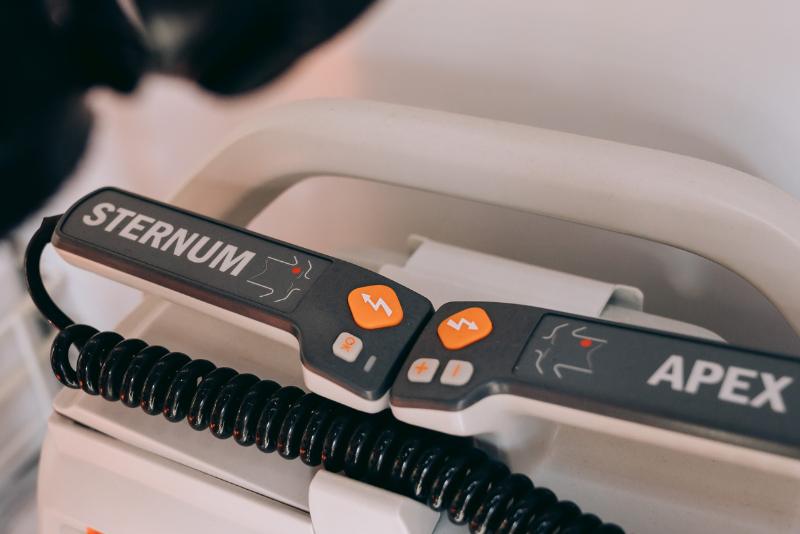Maryland recently enacted a paid family and medical leave (PFML) program, joining several other states and the District of Columbia. The Time to Care Act (Act) became law when the state legislature overrode the Governor’s veto of the Act. The Governor indicated that the Act was supported by no actuarial analysis and no viable plan for implementation. It grants significant discretion to the Maryland Secretary of Labor to determine program funding.
Effective Dates
PFML funding as described below is slated to begin as of October 1, 2023, and benefits will be available starting January 1, 2025. Implementing regulations must be issued no later than June 1, 2023.
Covered Employers and Employee Eligibility
Any employer with one or more employees in the state will be subject to PFML. The Act does not require that an employer be subject to Maryland unemployment insurance law to be a covered employer. Self-employed individuals will have the ability to opt into the program.
A covered employee is defined as one who has worked at least 680 hours over the 12 month period immediately preceding the date leave begins (a lesser requirement than federal FMLA). The Act does not specify whether the 680 hours needs to have been worked at the employee’s current employer.
Covered Events
A covered employee may receive benefits under the program for any of the following reasons:
- bonding with a child during the first year after birth or placement through foster care, adoption, or kinship care
- care for a family member with a serious health condition
- attend to a serious health condition that results in the covered individual being unable to perform the functions of their job
- care for a next-of-kin service member
- attend to a qualifying exigency related to deployment of a service member who is a family member
Family member is broadly defined to include children, grandchildren, parents, grandparents and siblings whether the relationship is biological, adoptive, foster or step.
PFML Benefits
Once implemented, the weekly benefit (up to the maximum set forth below) will be:
- if the individual’s average weekly wage is 65% or less of the state average weekly wage, 90% of the individual’s weekly wage
- if the individual’s average weekly wage is greater than 65% of the state average weekly wage:
- 90% of the individual’s average weekly wage up to 65% of the state average weekly wage plus
- 50% of the individual’s average weekly wage that is greater than 65% of the state average weekly wage
Currently, the average weekly wage in the State of Maryland is $1,338.
The maximum weekly benefit will initially be $1,000 and is indexed to increase every 12-month period beginning January 1, 2026. The maximum weekly benefit in effect at the time a claim is filed applies for duration of the claim if benefits are paid into the following calendar year.
A covered individual may not receive more than 12 weeks of benefits in the same application year, except that:
- an individual who received benefits due to bonding and then becomes eligible for leave on the basis of their own disability may receive an additional 12 weeks
- an individual who received benefits due to their own disability and then becomes eligible for bonding leave may receive an additional 12 weeks.
The application year is the 12 month period beginning on the first day of the week in which a covered individual files for benefits. Intermittent leave is available in increments that are no less than 4 hours.
Health benefits must be continued in the same manner as required under federal FMLA for the time the covered individual is receiving PFML benefits, and the employer must restore the individual to the same or equivalent position upon return to employment. To the extent federal FMLA is available to the employee, the leave will run concurrently.
Program Funding
The cost of the PFML program will be funded by employers and employees via payroll tax contributions. Only employers with 15 or more employees will be required to make the employer contribution. The Act does not clarify whether this is 15 employees working in the state or total employees.
The Act does not set an initial total contribution rate or breakdown of the employer/employee split, nor does it impose a limit on the total contribution rate or amount. However, neither the employee nor the employer can be required to pay more than 75% of the total contribution rate. The Secretary of Labor is charged with setting the initial total contribution rate and the split by June 1, 2023, which will be in force until January 1, 2026. Beginning on June 1, 2025, and every two years thereafter, the Secretary will set the total contribution rate and the split between employee and employer funding. These rates will take effect on January 1 of the following year and be in effect for two years. The total rate of contribution will be applied to all wages up to the Social Security wage base.
If a covered employee makes less than $15 per hour, it is the intent of the state legislature that the State will pay the employee’s share of the PFML contribution. This is effective through June 30, 2026, as the state minimum wage increases to $15 for employers with 15 or more employees on January 1, 2025, and on July 1, 2026 for small employers.
Employers may satisfy PFML obligations by offering a private plan that meets or exceeds the rights and protections set forth in the Act. Private plans (whether fully-insured, self-funded or both) must be filed with the Maryland Department of Labor for approval. The date by when private plans have to be filed to avoid PFML contributions will likely be set by the regulations.
Other State PFML Programs
Maryland will be joining other states that have enacted similar programs, including California, Colorado (contributions begin in 2023), Connecticut, District of Columbia (employer funding only), Hawaii (disability only), Massachusetts, New Jersey, New York, Oregon (contributions begin in 2023), Rhode Island, and Washington.




